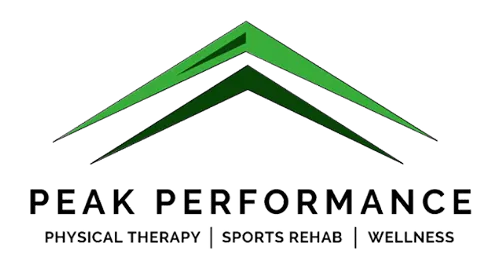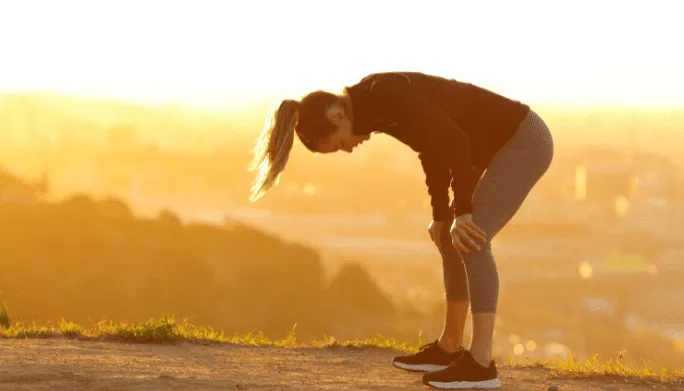Unleashing the Healing Power of Physical Therapy
Running is not just a physical activity; it’s a passion, a form of self-expression, and a way of life for many. However, as with any sport, running comes with its fair share of risks. Injuries are an unfortunate reality that can sideline even the most dedicated runners. But fear not, for physical therapy is here to help you get back on your feet and back on the road to success. In this blog post, we will explore common running-related injuries and how physical therapy can play a vital role in your rehabilitation journey.
- Shin Splints:
Shin splints, also known as medial tibial stress syndrome, is a common overuse injury among runners. It presents as pain along the shinbone (tibia) and is often caused by increased stress on the muscles, tendons, and bone tissue surrounding the shin. Physical therapy for shin splints may include a combination of rest, ice, gentle stretching exercises, strengthening of the calf and shin muscles, as well as gait analysis and correction to address underlying biomechanical issues.
- Runner’s Knee:
Runner’s knee, clinically known as patellofemoral pain syndrome, is characterized by pain around or behind the kneecap. It can result from various factors, such as overpronation, weak hip or gluteal muscles, and imbalances in lower limb biomechanics. Physical therapy for runner’s knee may involve strengthening exercises for the hip, quadriceps, and gluteal muscles, as well as manual therapy techniques to improve joint alignment and reduce pain. Additionally, gait retraining and modifying training techniques may be recommended to prevent future recurrence.
- Achilles Tendinitis:
Achilles tendinitis is the inflammation of the Achilles tendon, which connects the calf muscles to the heel bone. It often occurs due to overuse, improper footwear, or sudden increases in training intensity. Physical therapy for Achilles tendinitis may include stretching and strengthening exercises for the calf muscles, eccentric loading exercises to promote tendon healing, and modalities like dry needling to reduce pain and inflammation.
- Plantar Fasciitis:
Plantar fasciitis is a painful condition that affects the plantar fascia, a thick band of tissue running along the bottom of the foot. It is commonly caused by repetitive stress, improper footwear, weakness in the intrinsic foot muscles, or tight muscles. Physical therapy for plantar fasciitis may include calf and foot muscle stretches, strengthening exercises, manual therapy techniques like soft tissue mobilization, as well as orthotic interventions to support the arch of the foot and alleviate pain.
- IT Band Syndrome:
Iliotibial band (IT band) syndrome is characterized by pain on the outer side of the knee, resulting from friction between the IT band and the bony structures of the knee joint. This injury is often associated with running on uneven surfaces, overuse, or muscular imbalances. Physical therapy for IT band syndrome may involve stretching and strengthening exercises for the hip and thigh muscles, foam rolling to release tension in the IT band, and biomechanical analysis to identify and address underlying issues.
While injuries can be discouraging, they do not have to be the end of your running journey. Physical therapy is an invaluable resource for rehabilitating injured runners, helping them regain strength, mobility, and confidence. By addressing the root causes of common running-related injuries and providing tailored treatment plans, our team of physical therapists can guide you through a comprehensive rehabilitation process.
Remember, each runner’s journey is unique, and it is crucial to consult a qualified physical therapist to assess your injury and develop an individualized treatment plan. With their expertise, guidance, and support, you can conquer your running-related injuries.



